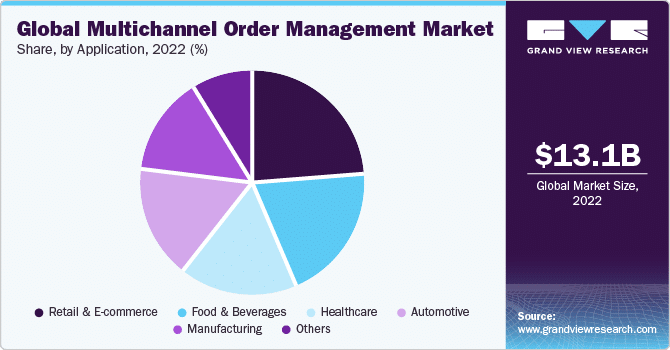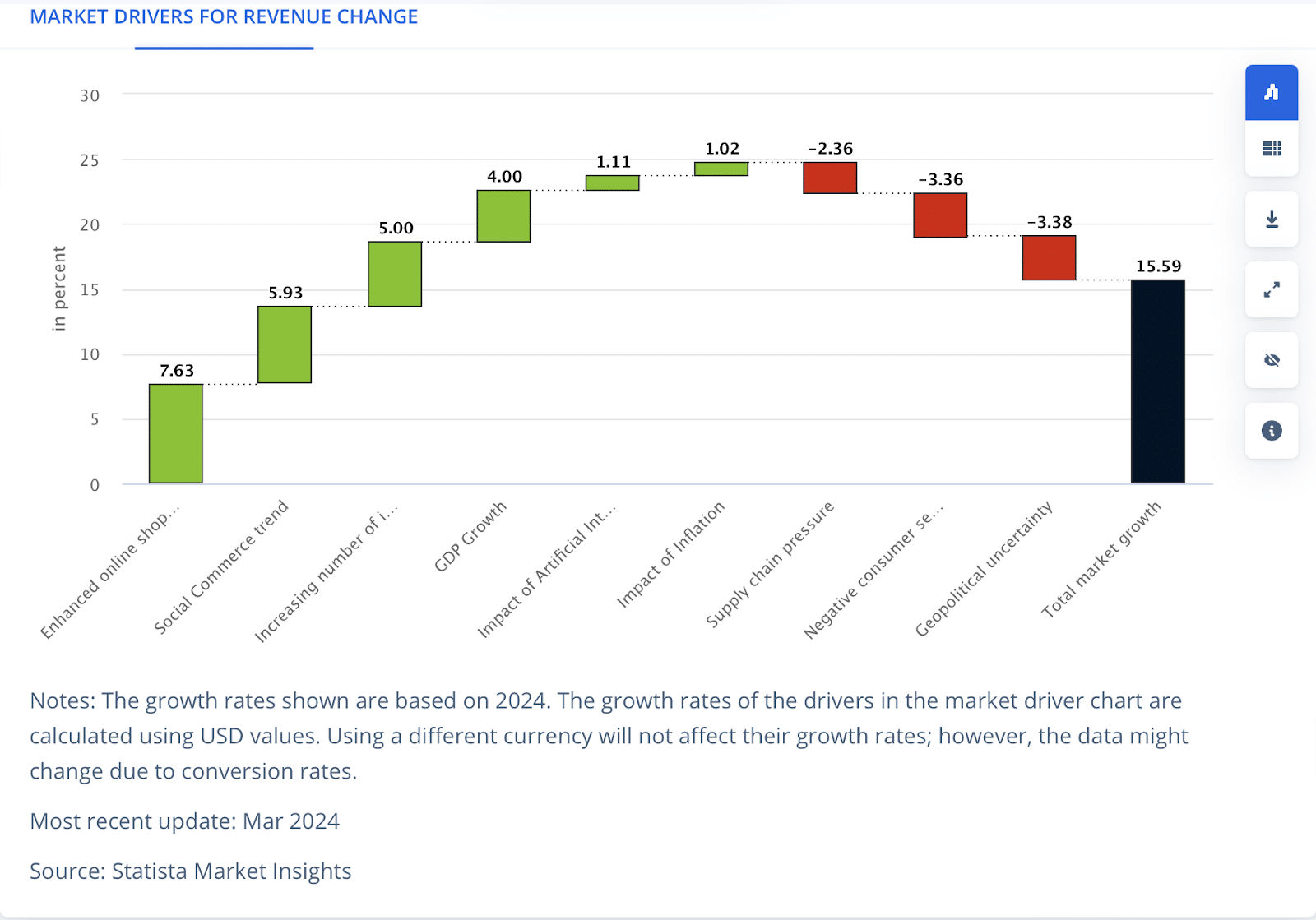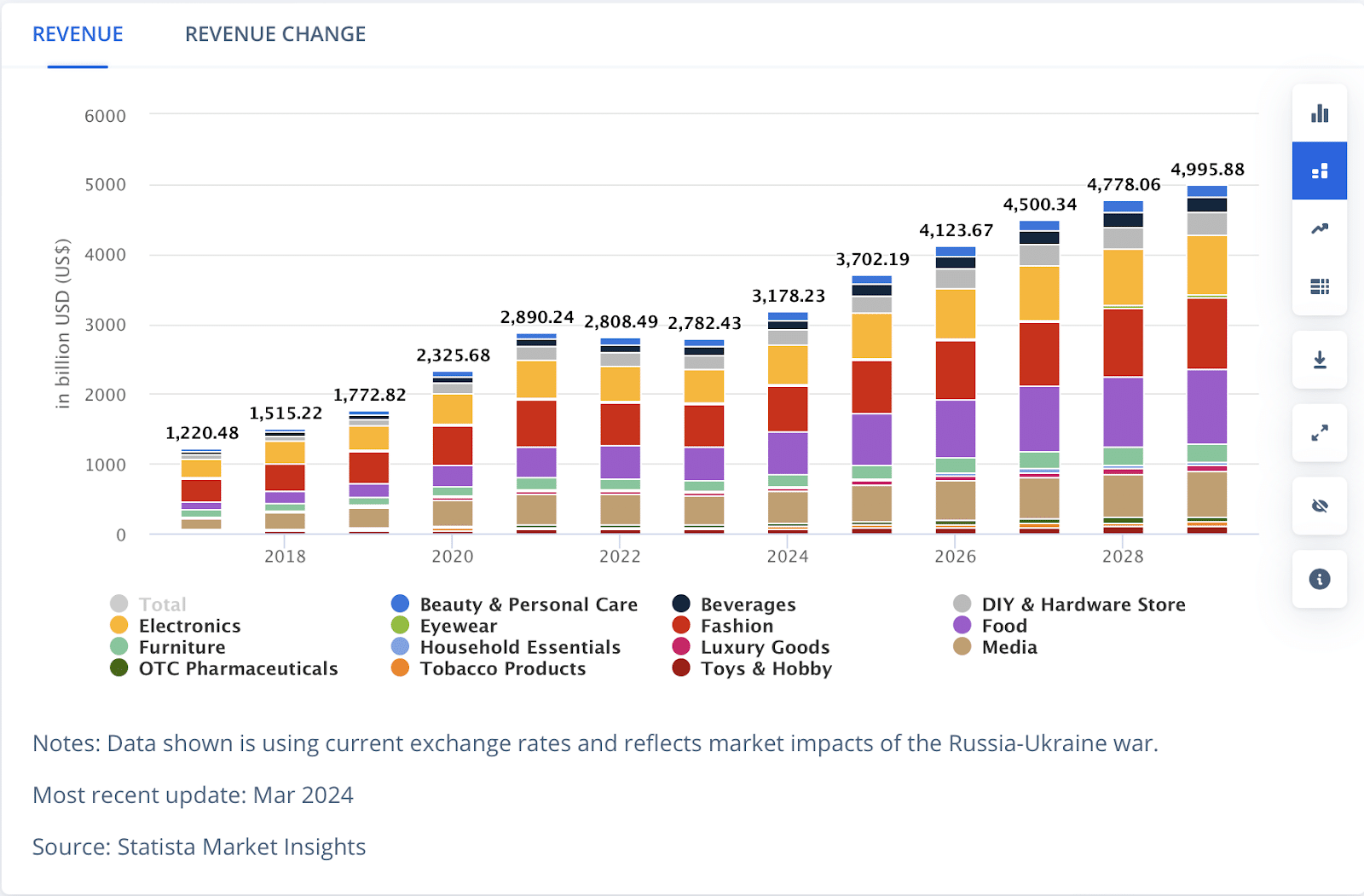
About the Author
Jesse Galanis is a professional writer whose aim is to make complex concepts easy to understand. He strives to provide quality content that assists people in everyday life.
Jump right in: Perfecting Personalized Beauty Fulfillment
- Introduction
- What Is Order Management?
- How Effective Order Management Impacts Brand Loyalty
- 1. Order management boosts your brand reputation
- 2. Order management streamlines order processing
- 3. Order management empowers stakeholder coordination
- 4. Order management ensures customer satisfaction
- 5. Order management promotes customer retention
- How To Optimize Your Order Management Process
- Summary
How Order Management Impacts Brand Loyalty
Introduction
Picture this: You advertise a black Friday sale for your blank, colored tees for up to 70%. Soon after Thanksgiving, you receive bulk order requests from various customers from different parts of the world. However, your team can’t handle all these, causing incorrect orders, shipping delays, and frustrated customers. That can cost you your brand reputation and customer loyalty.
As you can see, order management is crucial, especially during the eCommerce peak season. This process ensures you have enough resources, both material and human, to handle your day-to-day operations. This also guarantees you have enough supplies, safe stocks, and timely deliveries of products to your much-valued customers. With this in place, you’ll reap many potential benefits for your business!
Unconvinced? This page explores the impact of order management on brand loyalty. Read on to learn what it is and how it can contribute to your business success.
What Is Order Management?
Order management encompasses everything that has to do with managing orders—from supply chain to order fulfillment to product delivery.
It isn’t just about receiving customer order requests. It’s also about ensuring enough product inventory, safe stock handling, and efficient shipping or trucking. The ultimate goal is to ensure the ordered goods or items reach customers’ doorsteps or points of delivery.
The entire order management involves the following processes:
- Supply chain management consists of suppliers and vendors involved in converting raw materials into finished products. For example, you might ask, “Do you have enough wholesale blank t-shirt supplies to meet your forecasted order requests?”
- Warehouse management involves regulating the stock levels in your own warehouse or partnered facility. Are your goods or items safely stored and efficiently ready for processing?
- Order processing: As the name suggests, it entails processing customer requests, from checking the inventory to picking and packing the products to delivering them to customers.
- Inventory management is the process of tracking inventory from the manufacturer to the warehouse to the point of sale.
- Product delivery is the actual shipment or trucking of goods or items, whether using your own couriers or partnering with third-party service providers.

Keep in mind that all these processes are part of the overall order management equation. However, they are all intertwined, which requires proper coordination and active collaboration of all departments involved in the day-to-day operations.
That’s why it’s crucial to optimize your order management to scale your e-commerce business. In fact, brick-and-mortar and click-and-order stores invest in this process for business scalability and growth. Grand View Research reported that the global multichannel order management market could grow from $2.95 billion in 2022 to $6.86 billion by 2030 at an 11.6% compound annual growth rate (CAGR).
Save Time and Let us Handle Your Order Fulfillment!
See How Using a 3PL for saves ecommerce sellers time. Get a Free Quote from eFulfillment Service Today!
How Effective Order Management Impacts Brand Loyalty
There’s no denying eCommerce’s continuous growth and expansion since the pandemic outbreak. Statista projects that e-commerce revenue could grow from $3,178.00 billion this year to $4,997.00 billion by 2029 at a 9.47% CAGR.
Key factors, such as increased online shopping, social commerce, and internet users, have driven this market growth. However, inflation, supply chain disruptions, and geopolitical uncertainty also significantly affect this industry.

So, how can you ensure your e-commerce growth and success? Effective order management is key!
That said, here’s how it can brand loyalty, customer support, and business success:
1. Order management boosts your brand reputation
Your brand reputation hinges on customers’ experiences with your business, and order management plays a huge role in that. You build trust and credibility with your customers when you consistently deliver on time, ship the correct items, and handle issues quickly. A reliable order management system ensures every interaction reinforces your brand as dependable, professional, and customer-focused, which is crucial in fostering long-term loyalty.
“Customers remember how they feel after a purchase,” says Brooke Webber, Head of Marketing at Ninja Patches. “When their orders arrive smoothly, and as expected, it builds trust. That trust turns into repeat business, glowing reviews, and a brand reputation you can’t buy—it’s earned through consistency.”
2. Order management streamlines order processing
Order processing is a critical part of the customer journey, and a solid order management system makes it more efficient. By automating workflows, reducing manual errors, and speeding up fulfillment times, you ensure every order is handled with precision. This saves time for your team and delivers a seamless experience for your customers, helping your brand stand out in a competitive market.
“Streamlining order processing is a game changer,” shares Simon Healy, Director at Wardrobe Warehouse. “It minimizes mistakes, reduces delays, and keeps customers satisfied. A smooth process shows your customers you value their time and are serious about delivering quality service.”
3. Order management empowers stakeholder coordination
Effective order management relies on seamless collaboration among multiple stakeholders, including suppliers, warehouse teams, logistics providers, and customer support. When all parties work in sync, it reduces bottlenecks, ensures accurate order fulfillment, and improves the overall customer experience. This coordination streamlines operations and allows businesses to scale efficiently while maintaining high service standards.
For example, inventory management software plays a crucial role in coordinating stakeholders in the metal industry. These tools help track raw materials, manage stock levels, and ensure timely replenishment, enabling suppliers and manufacturers to align their efforts. By providing real-time visibility and facilitating communication, such software ensures smooth operations and builds trust across the supply chain.
4. Order management ensures customer satisfaction
Customer satisfaction often hinges on how well you manage your orders. When deliveries are timely, accurate, and hassle-free, customers are more likely to have a positive perception of your brand. A robust order management system helps meet their expectations, from keeping them updated on shipping status to resolving issues quickly, creating a shopping experience they’ll want to repeat.
Take it from Nick Marshall, General Manager at Window Factory. “Happy customers are loyal customers. Order management plays a huge role in ensuring satisfaction—delivering on promises, communicating clearly, and fixing problems fast. It’s the foundation for earning trust and keeping customers coming back.”
5. Order management promotes customer retention
Retaining customers is far more cost-effective than acquiring new ones, and order management plays a significant role in this. When customers consistently receive their orders on time and without issues, they’re more likely to return for future purchases. A reliable order management system fosters trust and keeps your customers engaged with your brand, building loyalty over time.
Learn from Max Tang, CMO at GEEKOM. “Retention is about creating a seamless experience that customers don’t have to think twice about. When you handle orders efficiently, you show customers they can rely on you. That reliability is what keeps them coming back—and what grows your business.”
How To Optimize Your Order Management Process
At this point, you understand the positive impact of order management on loyalty. Now, it’s time to learn how to streamline your day-to-day operations.
How do you go about doing that? Follow the seven S steps below.

Let’s cut to the chase—Here’s how to optimize your order management process:
- Streamline workflows. Automate repetitive tasks and eliminate unnecessary steps to simplify your order processes. This will speed up fulfillment and reduce human error.
- Synchronize systems. Ensure all your platforms—inventory, shipping, and CRM—talk to each other. A unified system keeps things running smoothly without the headache of manual updates.
- Simplify communication. Make it easy for your team and customers to get in touch. Communicating clearly and directly boosts satisfaction, whether via chat, email, or notifications.
- Sustain inventory visibility. Track stock in real-time so you always know what’s on hand. This helps prevent overselling and keeps customers from being disappointed by out-of-stock items.
- Scale order operations. Design your order management to handle growth. As your business expands, your processes should evolve to keep up without adding chaos to the mix.
- Secure data handling. Ensure that customer and order data is protected with robust security measures. Trust is built when shoppers know their information is safe.
- Stay ahead of the surge. Prepare for seasonal spikes or unexpected surges in orders. A little foresight helps keep the operation running smoothly, even when business booms.
Efficiency Tip: Partnering with an 3PL can free up your time to focus on what you do best, sell great products!
Get a Free Quote from eFulfillment Service and see how we can simplify your selling!
Summary
Order management is a crucial part of the overall process, whether for your retail or eCommerce business. It involves overseeing all aspects of your day-to-day operations, from supply chain and warehouse management to order processing and fulfillment to inventory management to product delivery.
That said, focus on streamlining your order management process. Likewise, consider investing in digital tools and technologies to track material supplies and stocks, process customer order requests, and monitor product shipping and trucking. With these in place, you can expect this process to boost your brand reputation, stakeholder collaboration, and customer satisfaction.
An effective order management system can ultimately translate to brand loyalty and overall eCommerce success!
Ready to optimize your order management process? Consider working with a highly reliable 3PL service provider that offers highly effective eFulfillment services. Contact us today for a free quote!






0 Comments